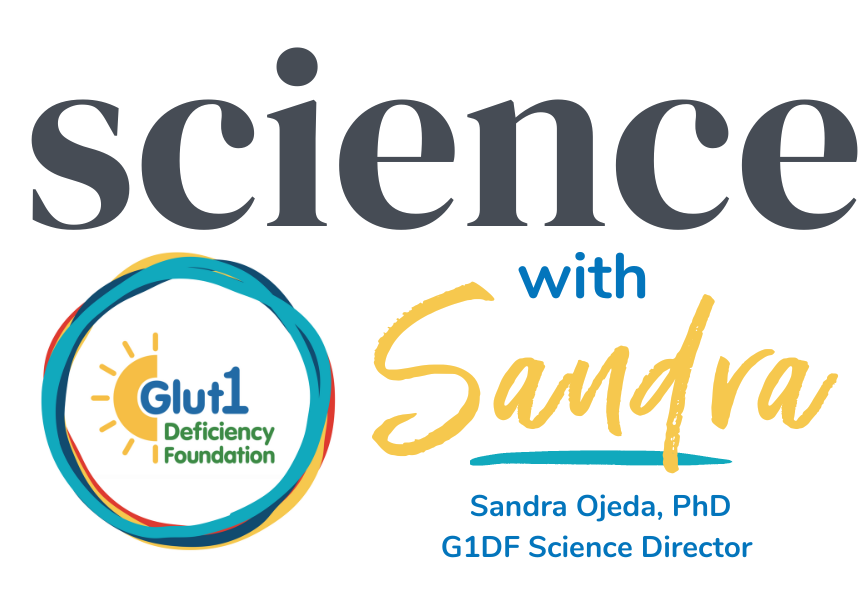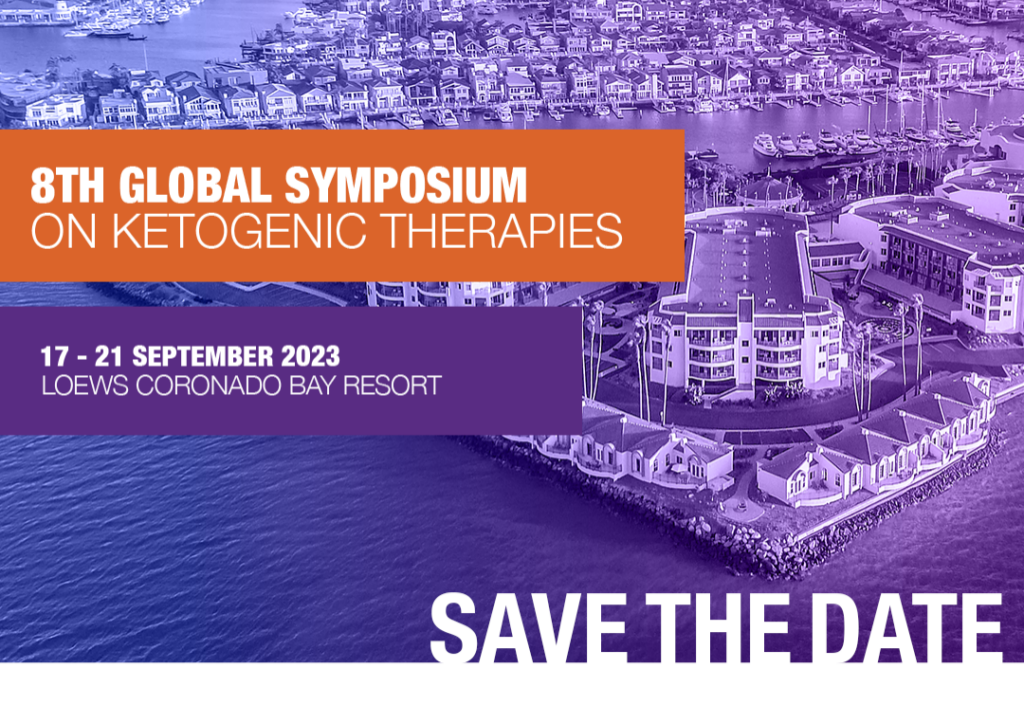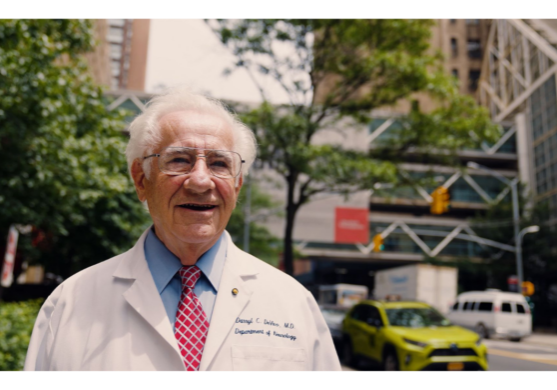Research Roundtable

Hello Glut1 Deficiency community! I want to share with you that our 3rd Research Roundtable meeting took place on Friday, October 21. It was a fantastic meeting and we were lucky to have a wonderful group of guest speakers.
Dr. Douglas Rothman is a Professor of Radiology and Biomedical Imaging and of Biomedical Engineering and the Director of Yale MR Research Center. He has an international reputation as a leader in the development of novel MR methods for the study of brain, liver, and muscle metabolism and function. He and his team of bioimaging scientists have developed MR methods for imaging glutamate and GABA neurotransmission, brain energy metabolism, liver and muscle glycogen, glucose metabolism and metabolic control.
Dr. Nirbhay Yadav is an Assistant professor at the F.M. Kirby Research Center for Functional Brain Imaging at the Kennedy Krieger Institute. His research interests focus on developing novel MRI techniques for understanding brain function in normal and disease conditions. He is currently developing techniques for generating MRI contrast based on chemical exchange in vivo.
Dr. Ramon Sun is an Endowed Associate Professor of Biochemistry and the Director of the Center for Advanced Spatial Biomolecule Research at the University of Florida. The primary research goal of his lab is to elucidate signaling pathways that modulate complex carbohydrate metabolism and how they are connected to cellular and organismal physiology in neoplastic and aging-related diseases.
Dr. Joshua Kaggie is a Senior Research Associate and MRI physicist in the Department of Radiology at the University of Cambridge School of Clinical Medicine. Dr Kaggie’s research revolves around X-nuclei imaging, MR Fingerprinting, and Deep Learning. He also works in implementing new MRI hardware, for non-proton MRI or for other specialized applications.
They talked about cutting edge imaging techniques such as Magnetic Resonance Spectroscopy Imaging (MRSI), Chemical exchange saturation transfer (CEST) Magnetic Resonance Imaging (CEST MRI), MALDI Imaging mass spectrometry, Deuterium metabolic imaging (DMI), and hyperpolarized 13C-pyruvate MRI (13C-HPMRI). Each of these techniques are powerful tools to study glucose metabolism at the research level but also at the clinical level. They could potentially be used for diagnosis but also to study disease severity in patients and could also be applied in clinical trials to determine the effects of treatments.
We are grateful to all of our wonderful speakers and we hope that their amazing presentations will spark collaborations that could lead to a better understanding of Glut1 Deficiency and to help develop treatments.



